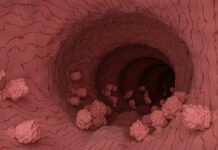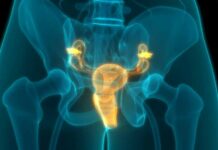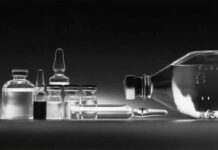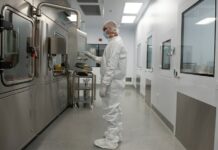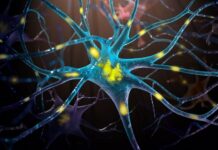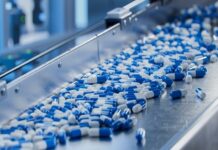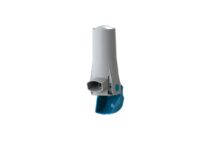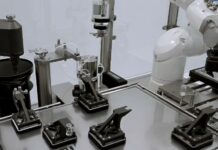ADCs could lead to better and more efficient treatments in the complex and specialized field of tailored cancer medicines. ADCs are made up of a monoclonal antibody that is permanently linked to a lethal drug. They were created as biological missiles with the goal of being very specific in their targets and having very strong effects on killing cancer cells.
As ADC methods have improved, they have become more useful. More and more ADCs are now approved or in late-stage clinical studies for different types of tumors. These changes are caused by more varied antigen targets and bioactive payloads, as well as better distribution and activation inside tumors, which may make anticancer drugs more effective for hard-to-treat types of tumors.
But making ADCs that work well and are safe is hard and needs a team effort from many fields. Developing something that can be built is one of the most important parts of making an ADC. This word covers a lot of different things that need to be thought about in order to find the best lead molecule for a certain disease. It’s not enough to just make ADCs; they also need to be carefully tested from many points, such as their usefulness, precision, safety, and stability.
The right people to run
When we talk about how ADCs work, we can’t just talk about how they can target and kill cells; we need to look at their whole operation using a variety of methods. High-throughput screening quickly picks out good ADC candidates by checking important factors like binding affinity and payload release. Cytotoxicity tests show how cells are doing after being exposed to ADCs, showing both deadly and non-lethal effects.
Modern imaging methods, like confocal microscopy, let us see how an ADC interacts with cells in real time, shedding light on the processes of uptake and internal movement. When used with 3D viability assays on spheroid cultures as solid tumor models and real-time viability assays to track how quickly cells are dying, these tools give a full picture of how an ADC works. Researchers can not only prove that an ADC works, but also fully understand the conditions under which it works best, by combining data from these different ways.
Specificity is another important part of developing ADCs. Because they carry strong cytotoxic agents, ADCs need to be very specific to their target to keep off-target damage to a minimum. To check this sensitivity, we can use flow cytometry and tissue analysis with immunohistochemistry (IHC). It is possible to find and see the ADC in tissue samples using IHC. This shows that the ADC is only sticking to its intended target. Using both flow cytometry and IHC together lowers the chance of having effects that aren’t intended and could be harmful.
Of course, safety is the most important thing when making any kind of medicine. When making ADCs, scientists should check how they work with Fc gamma receptors and do off-target analysis. One area where safety is important is the “bystander effect.” This is when an ADC affects not only the target cells but also the non-target cells around them, which can either make the total healing effect stronger or weaker depending on the condition.
Hold it steady
For success, stability and recipe growth are also very important. The ADC must stay steady from the time it is made until it is delivered to the patient. It is very important that the ADC does not release its substance too early, which could cause widespread poisoning. Lyophilization has become a popular way to make ADCs more stable in this way, especially while they are being shipped.
“Ex vivo serum stability” is a popular way to test stability. In this method, the ADC is mixed with human or animal serum and left to sit for different amounts of time. After being incubated, the sample is analyzed to see if the ADC is still made up of the same parts or if its payload has started to fall off. In a cellular setting, this kind of ex vivo blood test tells us a lot about how the ADC acts.
To test how stable the ADC is, it can be put back together in various buffers, heated to different levels, and left for certain amounts of time. This way, researchers can learn how various versions impact the ADC and pick the best ones for long-term keeping. As soon as an ADC option is fully developed, it goes on to larger-scale production and then to clinical tests. During these stages, it is very important that the product stays stable, since any instability can stop both the manufacturing process and the clinical studies.
A holistic method
To sum up, making ADCs is a difficult but very potential area that needs a multifaceted approach to be successful. A one-size-fits-all method doesn’t work. Because the antibody, linker, and drug carrier in an ADC work together in such a complicated way, each part needs to be carefully thought out. Targeting the right antigen or receptor with great biological accuracy is very important. Stability is also very important, and factors like binder chemistry and delivery ways may mean that custom solutions are needed.
To create, build, and make ADCs in a complete way, researchers from many fields should be involved from the start. These fields should include chemistry, analytics, bioassays, and process development. By taking this method, you can increase the chances of finding the best individual and design. But don’t be afraid to ask outside experts for help when you need to. Working together can help you get ahead faster in the long and difficult process of developing new drugs. Working with another company that is great at a certain method, like cutting-edge imaging or cutting-edge analytics, can speed up the development process and make sure that the ADC is tried thoroughly in a wide range of situations.
Using a smart mix of safety, effectiveness, and stability tests will help your ADC work in the long run. The chances of making a good ADC go up with each carefully planned and carried out step. This brings us one step closer to cancer medicines that work better and are safer.




